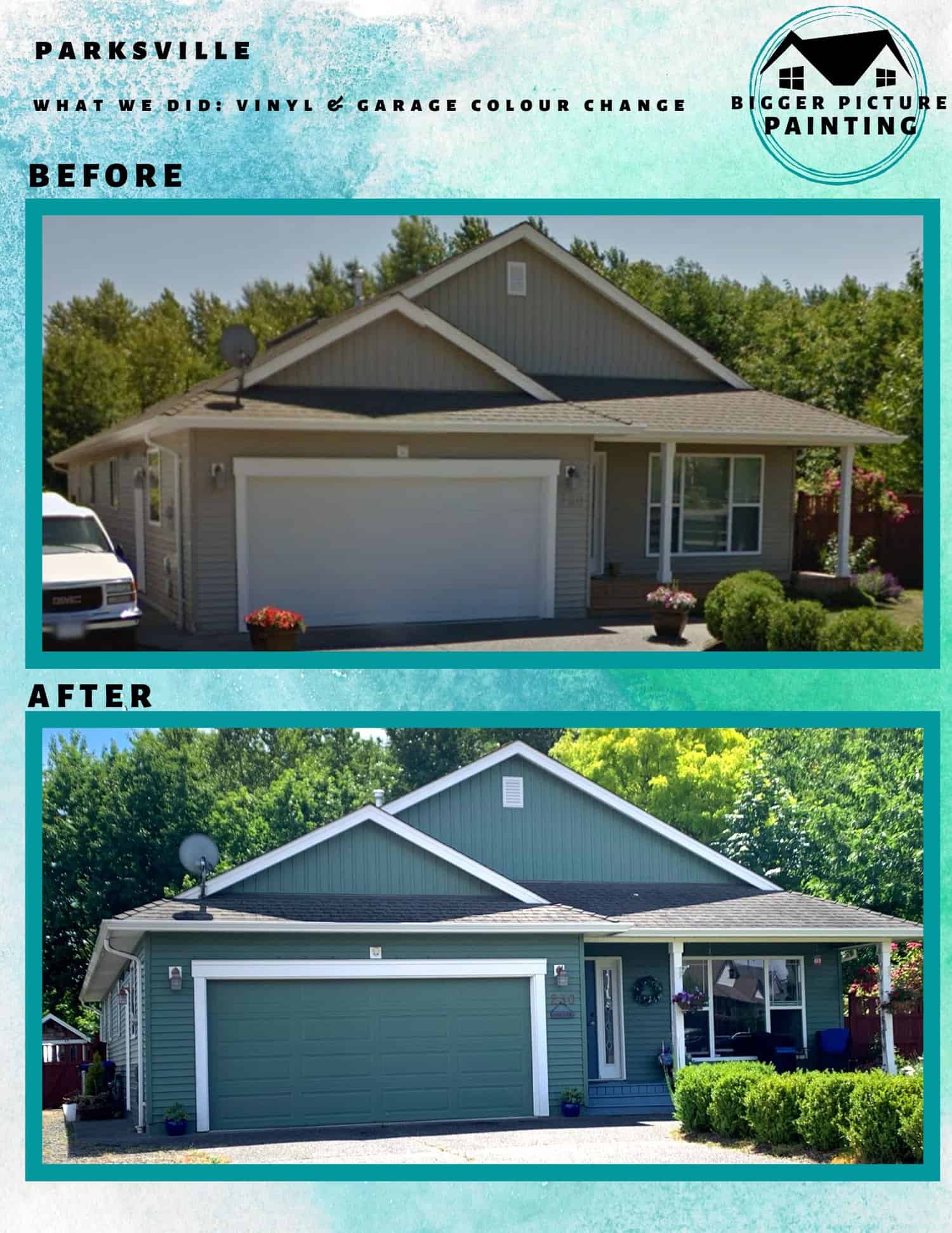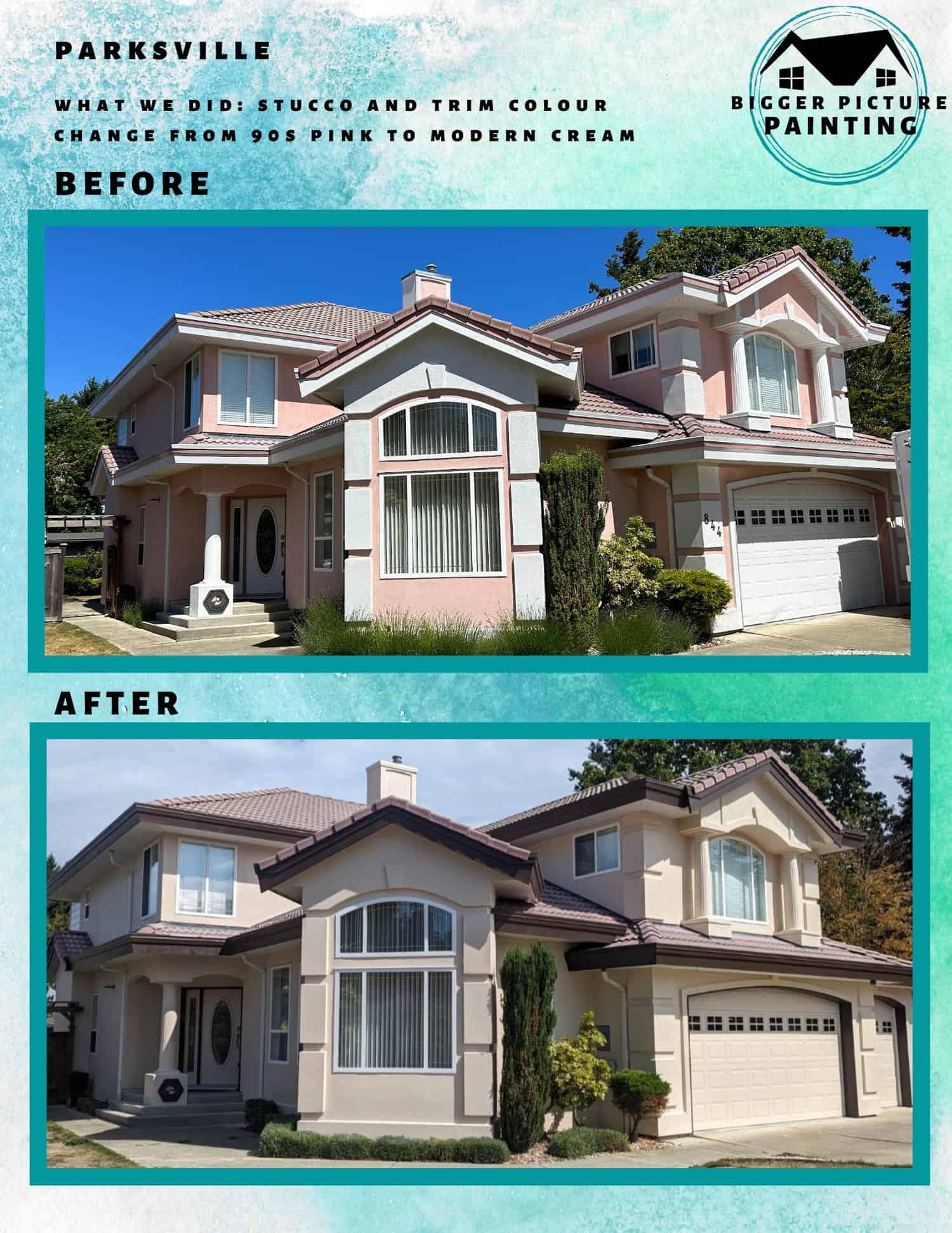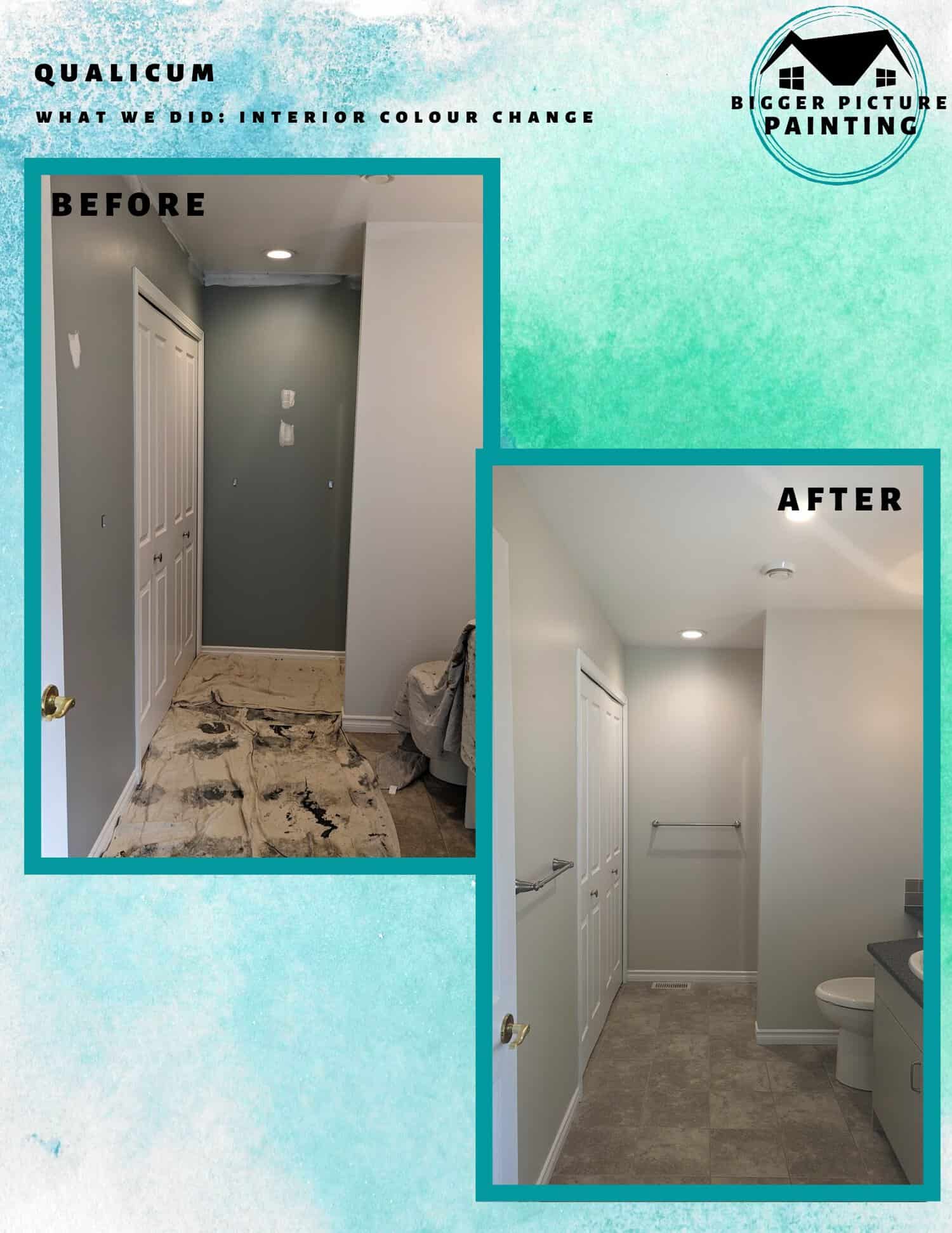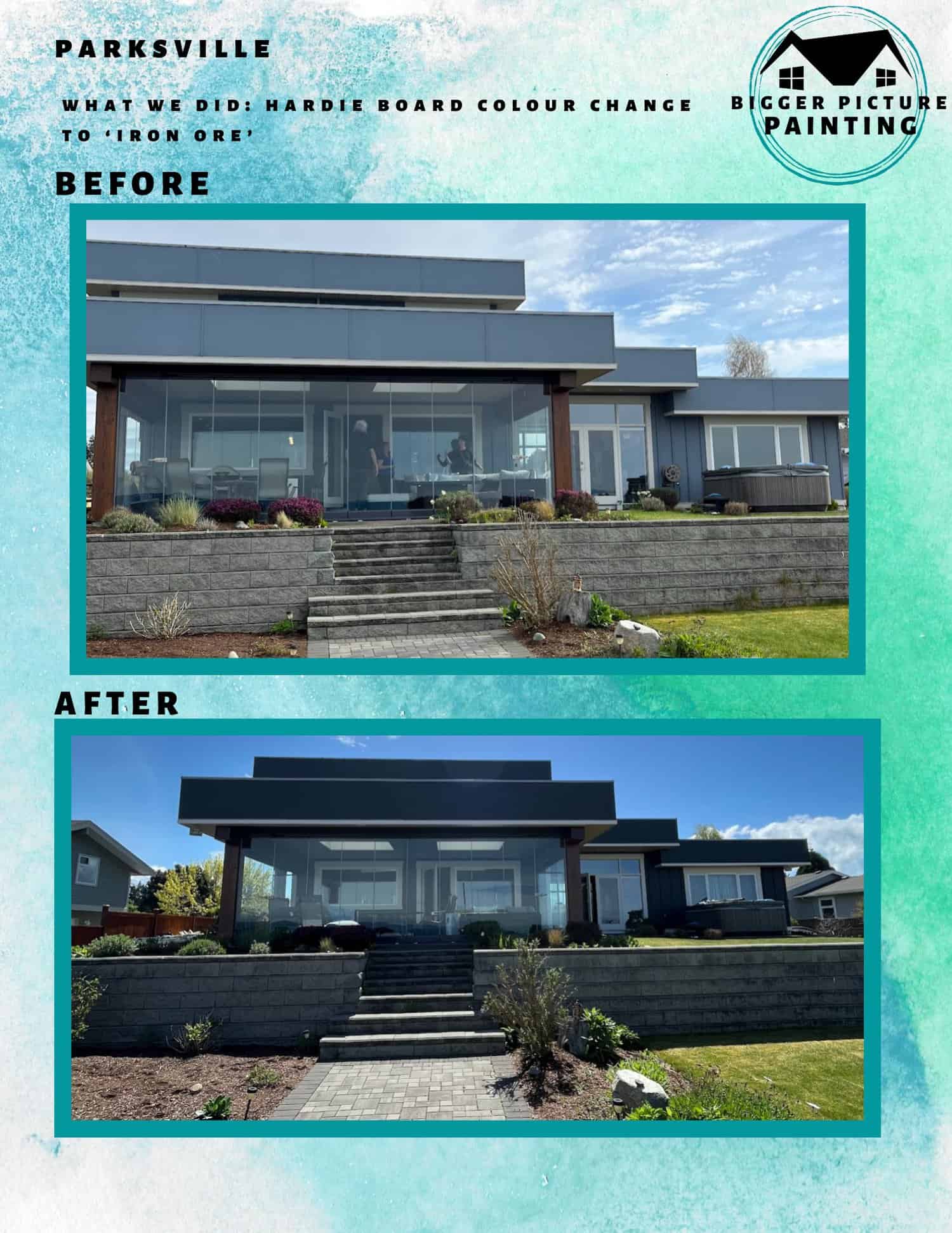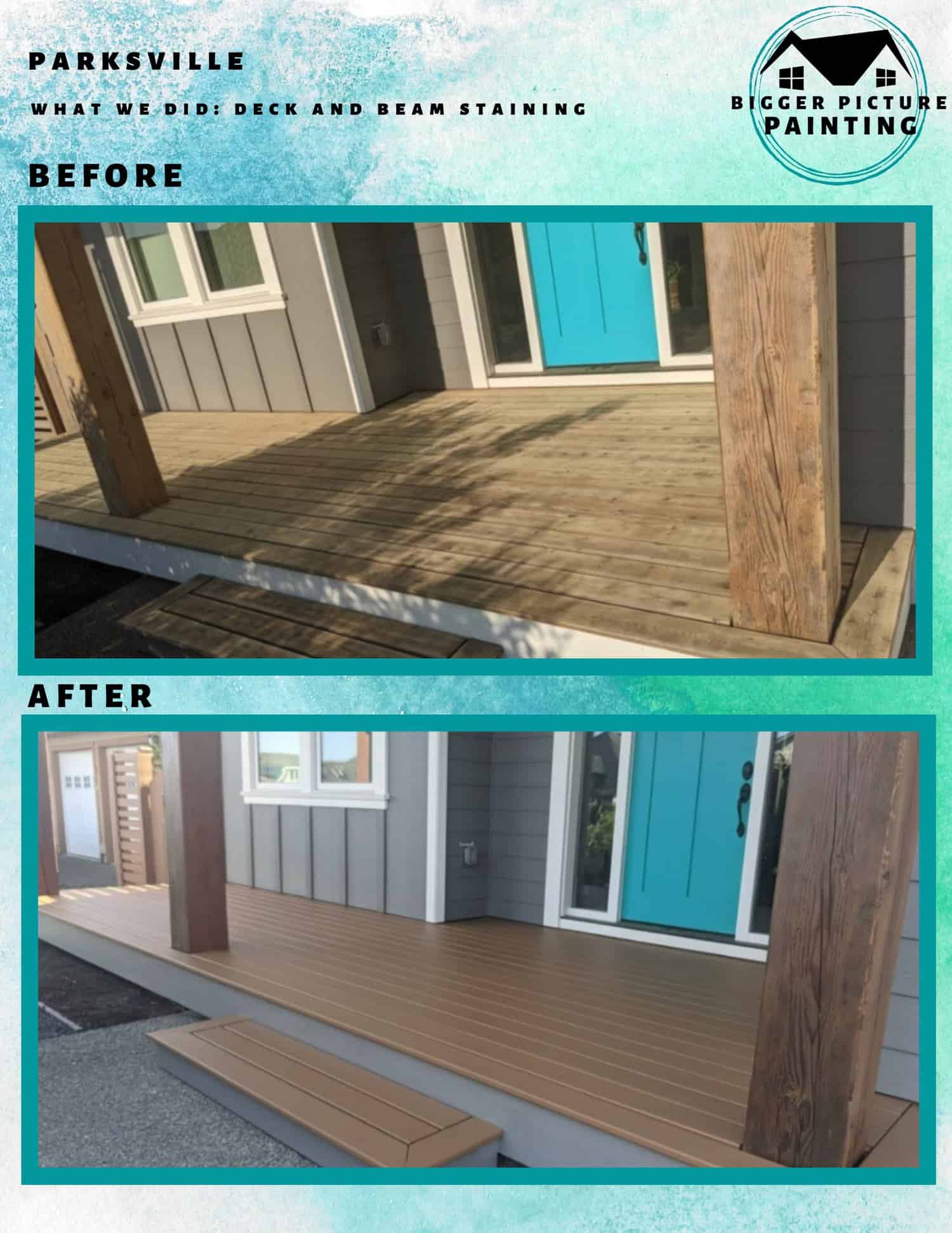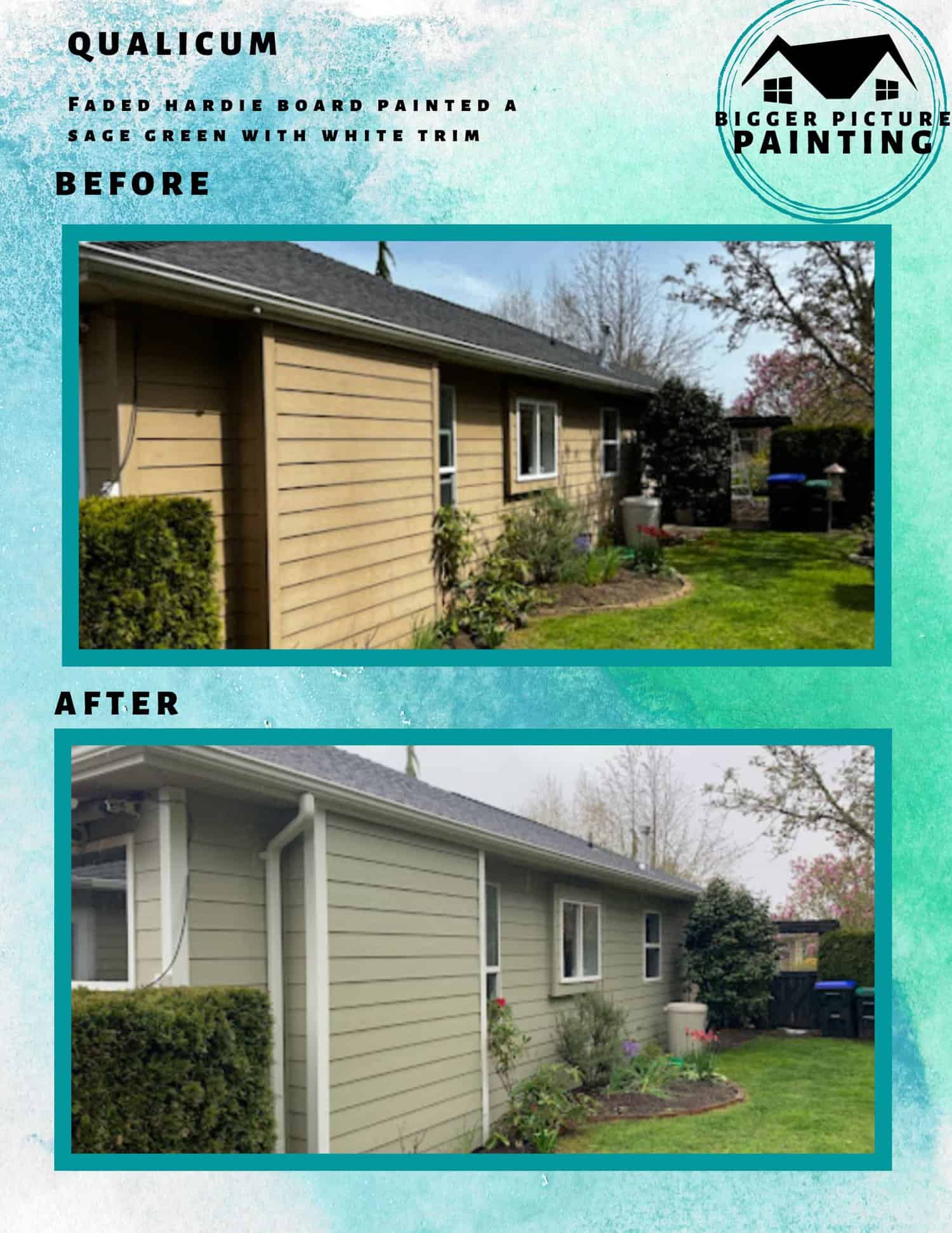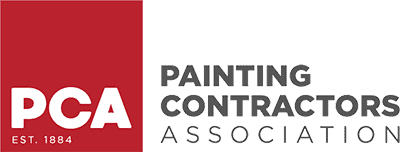Color-coded paint systems are an essential component of industrial and warehouse facility management. Far beyond aesthetic purposes, these systems improve workplace safety, streamline operations, and help maintain compliance with OSHA and ANSI standards. This guide explains how they work, what standards govern them, and how to implement them effectively in your facility.
What Is a Color-Coded Paint System?
A color-coded paint system uses specific colors—applied to surfaces like floors, walls, pipes, and equipment—to visually communicate hazards, routes, zones, and equipment designations. These paint systems simplify navigation, help prevent accidents, and reduce the need for excessive signage.
Common Applications:
| Surface Type | Typical Purpose |
|---|---|
| Floors | Walkways, vehicle lanes, loading zones |
| Walls | Emergency exits, first aid areas, fire extinguisher zones |
| Pipes | Substance identification and flow direction |
| Equipment & Guards | Maintenance zones, operational risk alerts |
Why A Paint System Matters in Industrial Settings

1. Improves Safety
According to OSHA, visual communication is critical in preventing workplace accidents. Color coding ensures workers can recognize hazards and safe zones at a glance. For example:
-
Red areas around fire extinguishers reduce obstruction.
-
Yellow marking tape or paint highlights tripping and collision hazards.
-
Green designates first aid stations or eyewash stations.
2. Supports OSHA and ANSI Compliance
Both OSHA and ANSI specify color usage in industrial settings:
-
OSHA Standard 1910.144: Red for fire-related hazards, yellow for physical hazards.
-
ANSI Z535.1: Provides guidance on safety color codes for signs, tags, and marking.
Non-compliance can lead to citations, fines, and liability in the event of injury.
3. Boosts Efficiency
Clearly defined zones help workers:
-
Locate tools and materials faster.
-
Understand process flows and layout boundaries.
-
Avoid traffic congestion or unsafe overlap between pedestrian and equipment routes.
4. Enhances Facility Audits and Inspections
Color-coded facilities are easier to inspect. Clear visual cues indicate safety readiness, organization, and adherence to protocols during third-party audits or internal evaluations.
Standard Color-Coded Paint System and Their Applications
The following table summarizes OSHA- and ANSI-recognized color codes:
| Color | Meaning / Use | Standard Reference |
|---|---|---|
| Red | Fire equipment, emergency stops | OSHA 1910.144; ANSI Z535 |
| Yellow | Physical hazards (tripping, collision, machinery) | OSHA 1910.144 |
| Green | Safety equipment, first aid areas | ANSI Z535 |
| Blue | Information signs, “Do Not Operate” labels | ANSI Z535 |
| Orange | Moving machine parts, warnings | OSHA 1910.144 |
| Black/White | Housekeeping, traffic, and aisle markings | OSHA general recommendations |
| Purple | Radiation hazards | ANSI Z535 |
Facilities may use additional colors, but these should be standardized and documented in internal SOPs.
Pipe Marking Paint Systems: ANSI/ASME A13.1
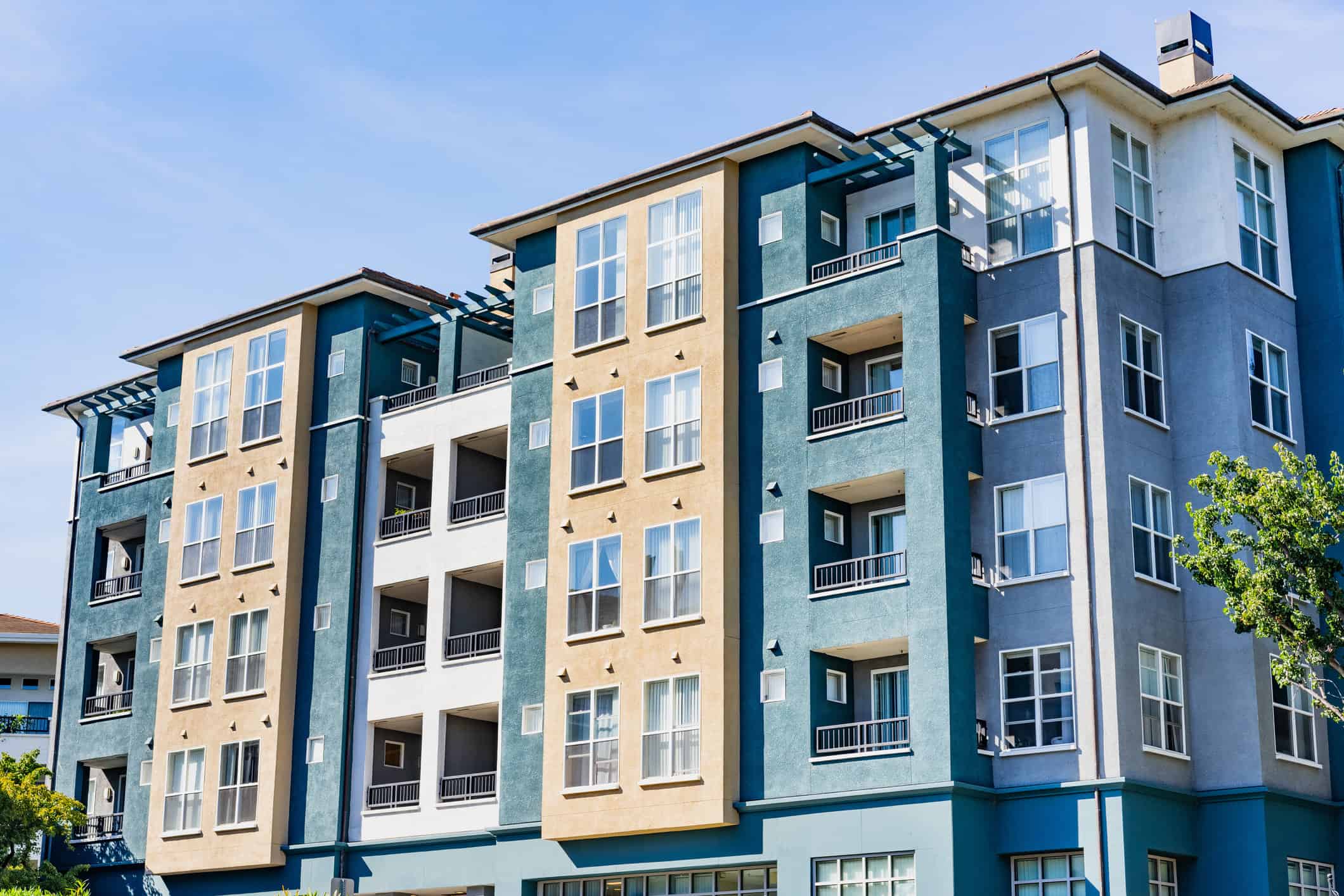
Color coding for pipes follows the ANSI/ASME A13.1 standard, which defines colors and labeling for various substances.
| Pipe Contents | Standard Color | Labeling Required |
|---|---|---|
| Potable Water | Green | Yes |
| Compressed Air | Blue | Yes |
| Flammable Liquids | Red | Yes |
| Steam | Yellow | Yes |
| Gases (non-flammable) | Gray | Yes |
| Fire Suppression Water | Red | Yes |
Key Rules:
-
Flow direction arrows are mandatory.
-
Labels must include text for content identification.
-
Colors should remain consistent throughout the facility.
Floor and Traffic Marking Standards
Floor marking paint systems are often overlooked, but they are vital for organizing vehicle and foot traffic.
OSHA-Recommendation-Based Colors:
| Color | Use Case |
|---|---|
| Yellow | Pathways and walkways |
| Red | Fire equipment, fire exits |
| Green | First aid, safety showers, eyewash areas |
| Black/White | General housekeeping and storage boundaries |
Note: OSHA doesn’t mandate specific floor colors but encourages the use of a consistent color scheme across the facility.
Tape vs. Paint:
| Attribute | Floor Tape | Painted Lines |
|---|---|---|
| Durability | Medium (wears with forklift traffic) | High (resists abrasion and chemicals) |
| Cost | Lower upfront | Higher upfront, lower long-term |
| Application | Easy to install and remove | Requires curing and prep |
| Visibility | Moderate | High, with reflective or anti-slip finishes available |
Painted floor lines are ideal for high-traffic, long-term applications and areas subject to oils, solvents, and extreme temperatures.
Implementation Plan for Facility Managers
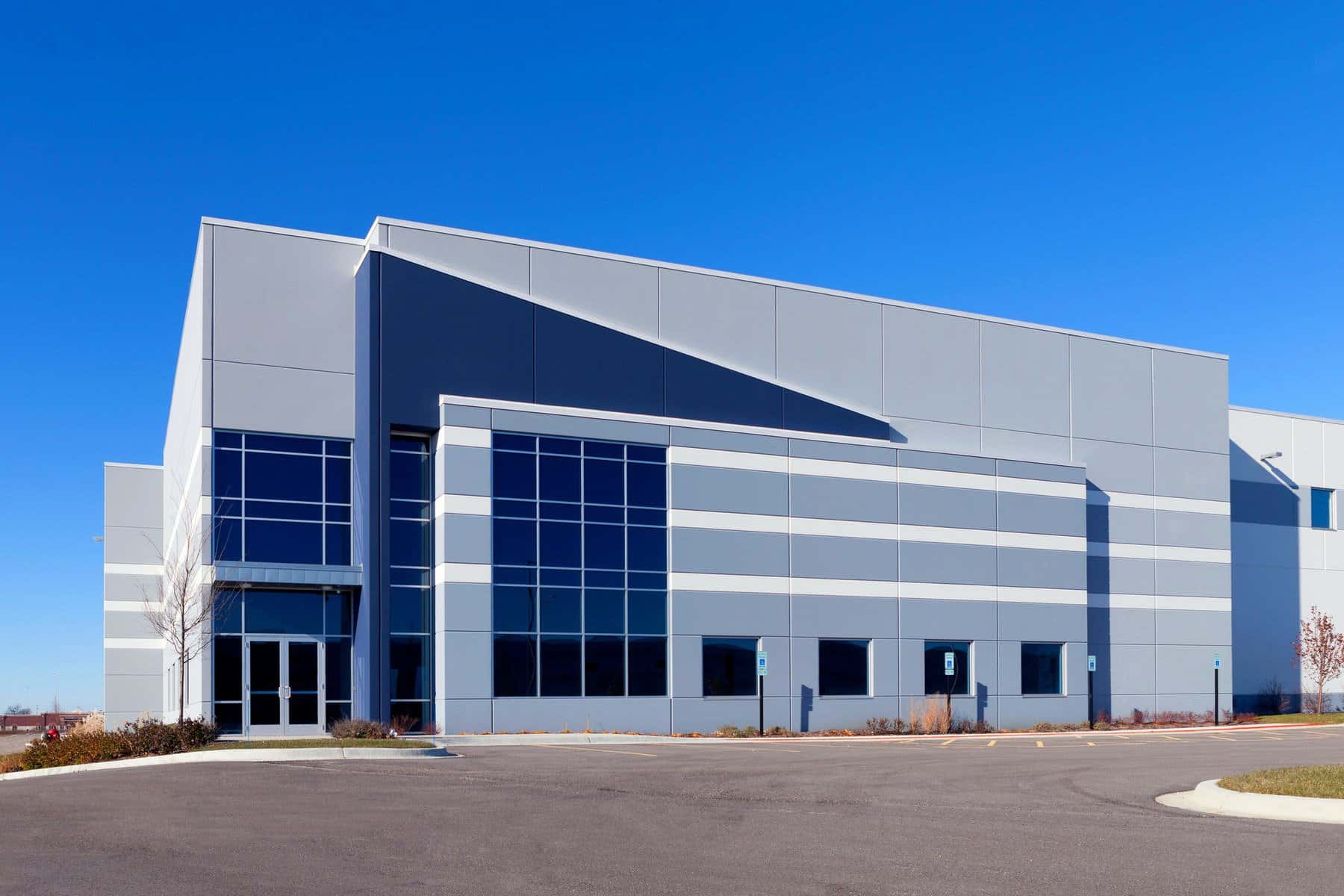
Step-by-Step Implementation:
-
Audit the Facility
Identify hazards, traffic patterns, storage areas, and safety equipment. -
Develop a Color Key
Use ANSI/OSHA colors as a foundation and expand as needed for custom needs. -
Create a Color-Coded Map
Draft the layout with all color designations and zones marked. -
Select Paint Products
Use high-durability paints: epoxy for floors, alkyd enamel for equipment, heat-resistant paints for pipes. -
Prep All Surfaces
Degrease, clean, and repair surfaces before painting. Poor prep leads to paint failure. -
Apply Using Standard Techniques
Use masking tools, stencils, and correct safety gear. Allow for drying and curing time. -
Document and Train
Create a facility paint legend, distribute training materials, and include the paint system in onboarding. -
Maintain and Inspect Quarterly
Schedule repainting, touch-ups, and check for wear and visibility.
Recommended Paint Types for Industrial Use
| Surface Type | Paint Type | Key Attributes |
|---|---|---|
| Concrete floors | Epoxy | Abrasion-, chemical-, and oil-resistant |
| Equipment & machines | Alkyd enamel | Glossy, impact-resistant |
| Pipes (high-temp) | High-temp silicone | Heat resistant to 1000°F+ |
| Exterior structures | Industrial acrylic | UV-resistant and corrosion-resistant |
Choose low-VOC formulas for enclosed spaces to meet environmental and health standards.
Common Pitfalls and How to Avoid Them
-
Inconsistent Color Use: Confusing or overlapping meanings dilute the system’s effectiveness.
-
Poor Surface Prep: Dirt, grease, or moisture will cause peeling and premature failure.
-
Ignoring Maintenance: Colors fade or wear—if not refreshed, the paint system loses its value.
-
Lack of Employee Training: Uninformed staff may ignore or misinterpret markings.
Conclusion
Color-coded paint systems are a cost-effective, scalable way to improve industrial facility safety, meet compliance standards, and streamline operations. From pipe markings and hazard zones to traffic lanes and emergency equipment locations, color is a powerful tool when used with precision and consistency.
Need expert guidance or application support? We provide professional assessments and industrial-grade paint services for warehouses, factories, and processing facilities. Contact us today for a free consultation and compliance review.
